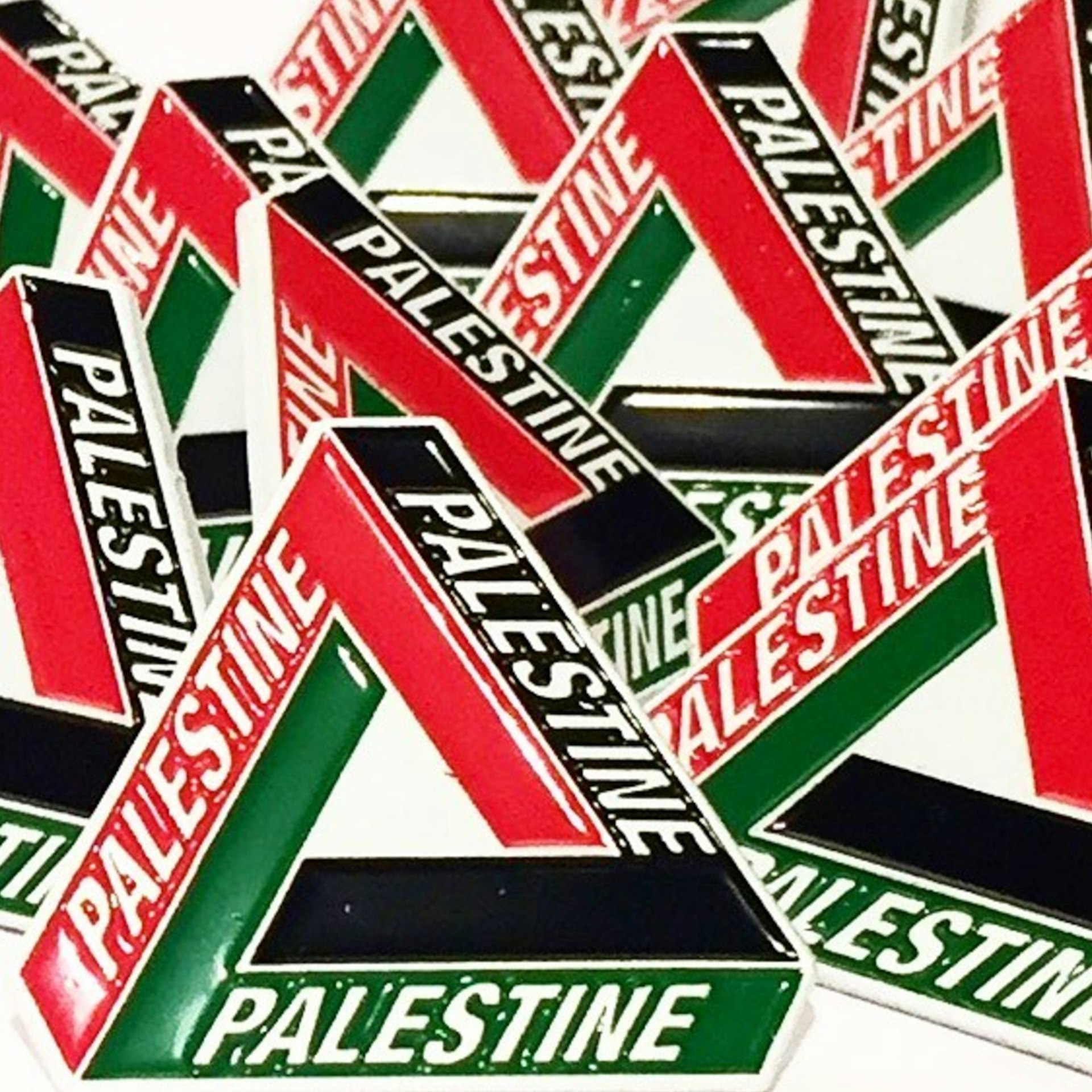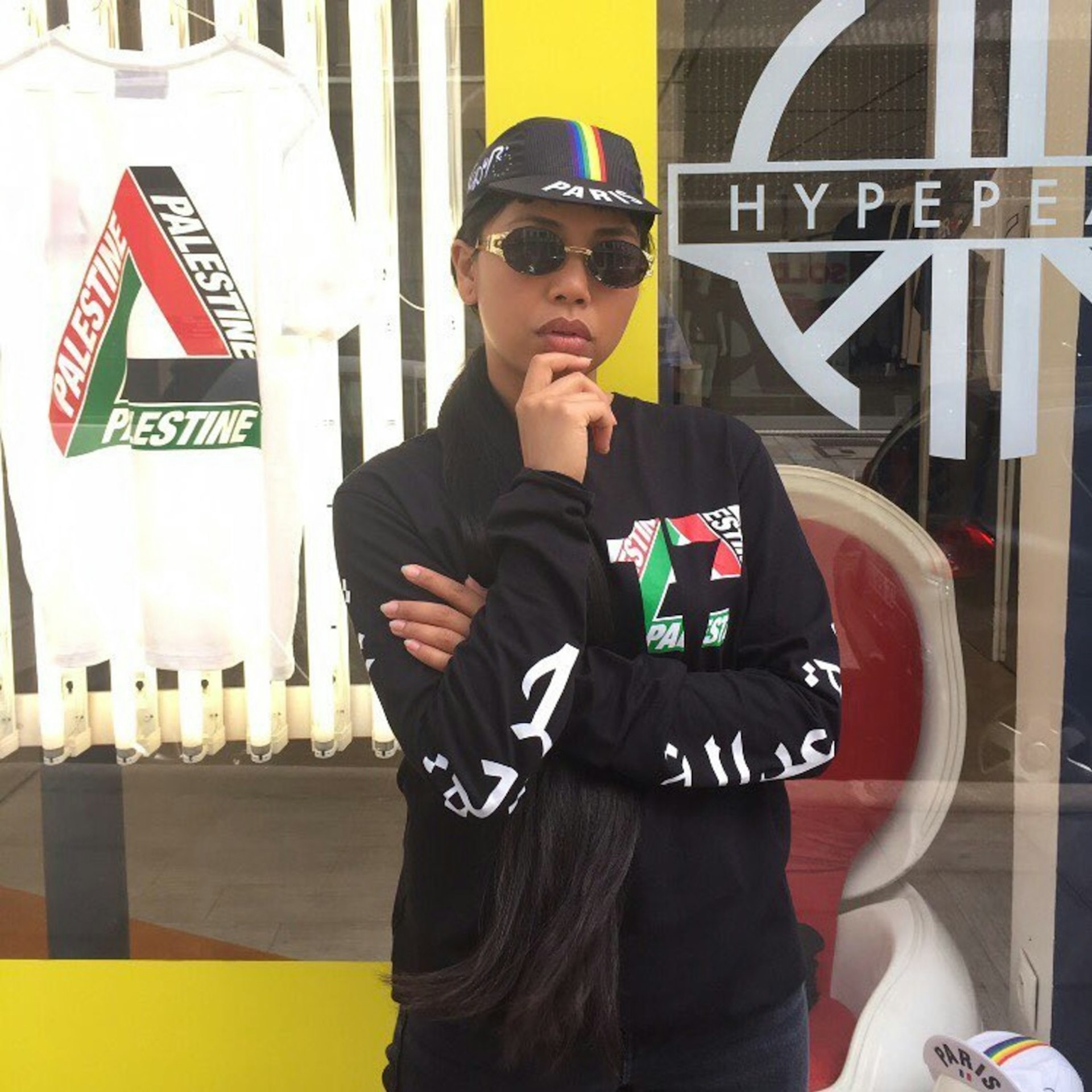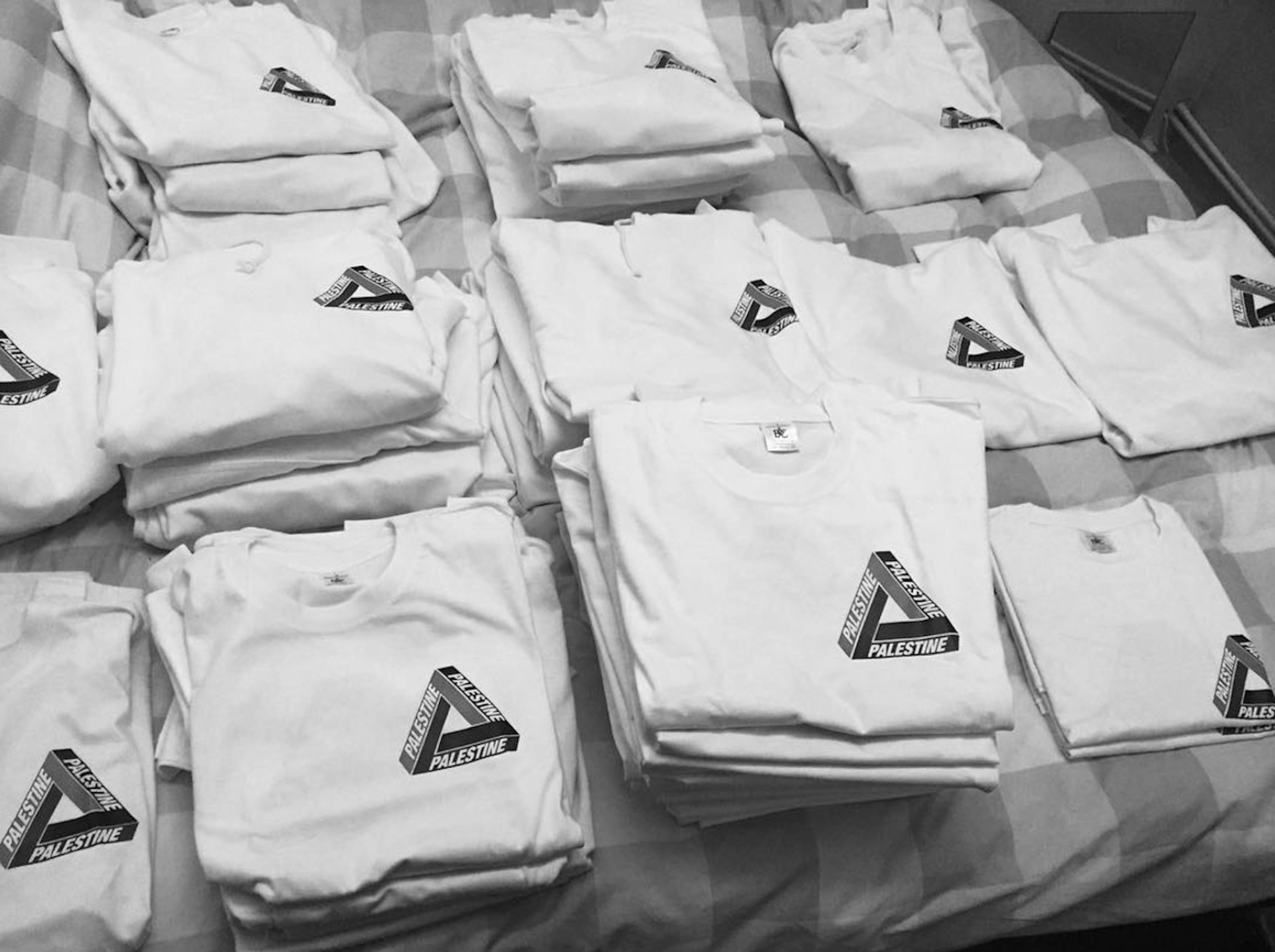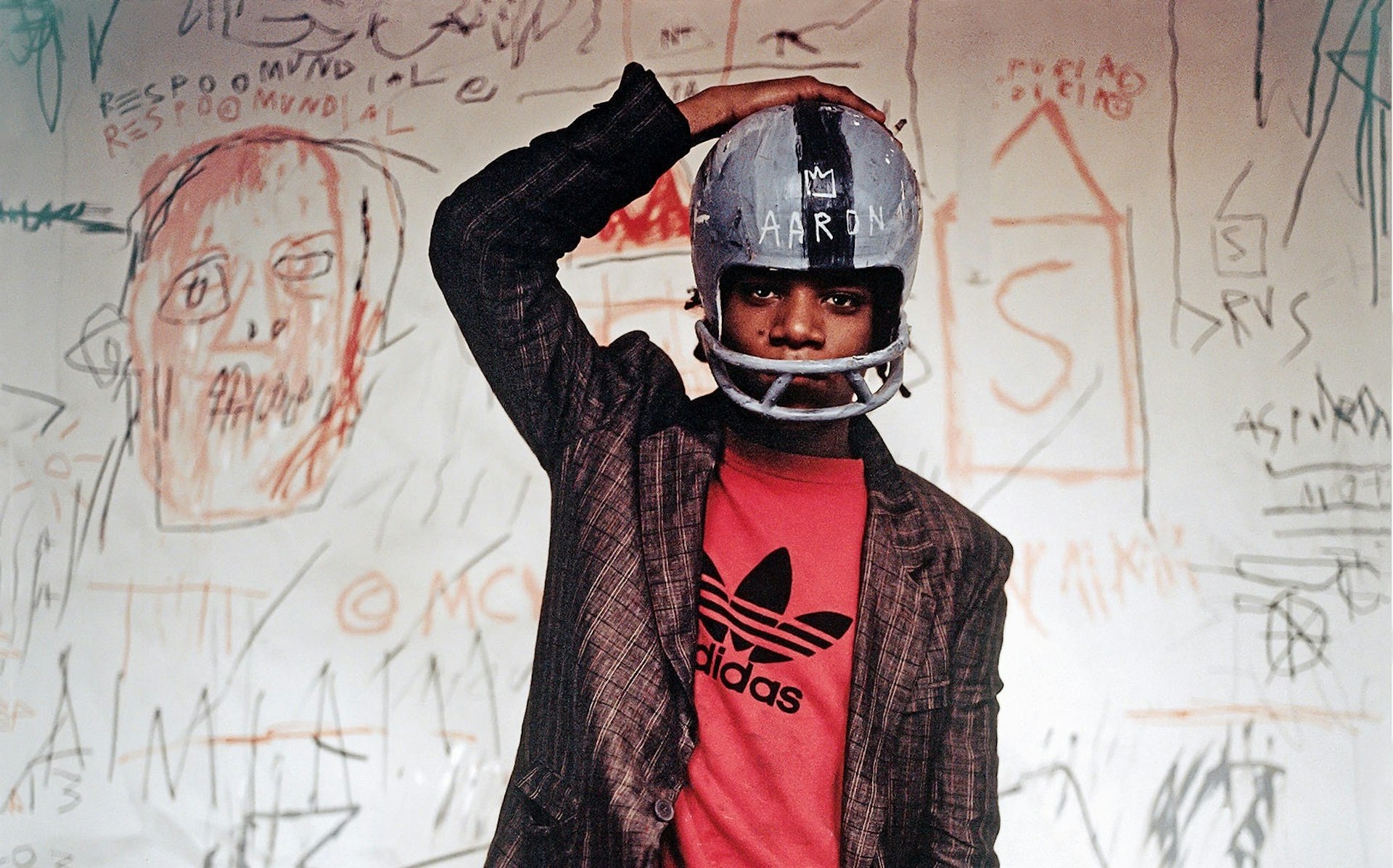
Hypepeace: The cult brand making streetwear political
- Text by Alex Robert Ross
- Photography by Hypepeace
When the activist-minded fashion brand Hypepeace launched a year ago, its founders – known only as J & M – questioned how much attention the average hypebeast gave to issues of social and political justice. Hypepeace’s goal was to highlight social injustice and raise funds for charities and NGOs through eye-catching parody designs, and their ambitions were grand. “Imagine how empowering it would be if people would hype things like justice, peace, and equality as proudly as some people flaunt their brands,” they said in an interview with The Fader.
Hypepeace’s signature hoodie – with Palace’s “tri-ferg” logo coloured red, green and black, and the brand name replaced the word Palestine – ended up going viral on Instagram. The first run sold out in a matter of days.
Maybe that doesn’t say as much for the social conscience of hypebeasts as it does for J & M’s design and enterprise. In a year that saw the right-wing take its politics to t-shirts (and heinous baseball caps) with a previously unimaginable efficiency, the two designers seemed to realise the time was right for some pushback. Their “Pray Pour Les Syriens” line, a play on the Commes Des Garcons logo, saw a similar pickup on social media early this year, and the brand has been mentioned in publications like New Statesman and Elle.
This Saturday, Hypepeace will open their first London pop-up in Shoreditch, East London. The opening night, billed as their “one year turnup,” will feature sets from Akito, 0comeups, and Shy One. The week will continue with a screening of Tamara Erde’s movie This Is My Land, and a panel debate on “The Future of Social Mobilization.” In advance of the pop-up, we spoke to J & M to ask about their ambitions for Hypepeace going forward, fashion’s power as a force for good, and their advice for young creatives.

What was your experience with fashion before you started up Hypepeace? Was it always a world you were interested in?
J: For me yes. I studied fashion design, worked mainly as a freelance designer and stylist, but never had a yearning for anything huge. I grew to have a strange love-hate relationship with the industry which ultimately made me have a break from it, until now. I definitely knew I wanted to do something with more substance.
M: I briefly established a streetwear brand right after high school but that finished prematurely. From then on, I decided to focus more on my graphic design and illustration projects.
Why have you chosen to remain anonymous?
M: We don’t think that the disclosure of our identity would add anything to the brand or the cause. We’re not big fans of personality cults and it helps us focus more on our work.
J: Were just like anyone else. We live, we work, we laze, we fail, we complain, laugh, cry, whatever. The public doesn’t need to waste their time knowing details of that. I don’t see how our personas can contribute to the success or intrigue towards Hypepeace. The project exists because of a collective effort from everyone involved, not just from one or two people.

The latest ‘Immigrant’ design, which will have US, UK, and German versions.
Why are clothes such an effective tool for activists? What makes fashion so powerful?
J: Clothes are your outer skin. What you wear literally becomes your message, your statement. Your clothes are a portrayal of you, you can mould yourself to whatever you want and can be seen by who ever you come across. Either you choose to be different, or you want to belong. It’s an identity tool and it speaks volumes so obviously clothing can be a great tool to carry out any activism.
M: Instead of holding up signs the message is passed on through garments. From tribes over football fans to youth subcultures, people have always identified themselves through their outfits. With Hypepeace it’s the balance between a subtle but strong message, together with a touch of humour and leaving some room for personal interpretation.
What’s changed for Hypepeace over the last year? What are your ambitions now?
J: Work wise, next year we’d like to release an actual full collection. We’ve also got some very exciting collaborations in the pipeline with other artists, groups and organisations. This is something we’d like to grow to raise more awareness – perhaps more pop-up events. We plan to visit Sharek Youth in Palestine, check out the Youth Village where our donation was used.

What’s your advice for people who want to make a difference in the world?
M: Don’t be afraid to reach out to like-minded people who share the same values. Make the most of each other’s strengths and passions. You’ll find that social enterprises will think more in terms of collaboration and support rather than in terms of competition and rivalry. At the end of the day, we’re all trying to achieve similar goals.
J: Do something you want to do, find a cause you’re passionate and excited about. Work together with others who have similar passions, you’ll go further together. It’s repetitive but it’s true – that’s the way you succeed and will be happy. Learn, evolve and change as you go along. Nothing is perfect until you’ve experienced and learnt from it. Lastly, be mindful of others and never forget to have fun!
The Hypepeace pop-up will run between September 23-29 at London’s Red Gallery.
Enjoyed this article? Like Huck on Facebook or follow us on Twitter.
